Azar Gat
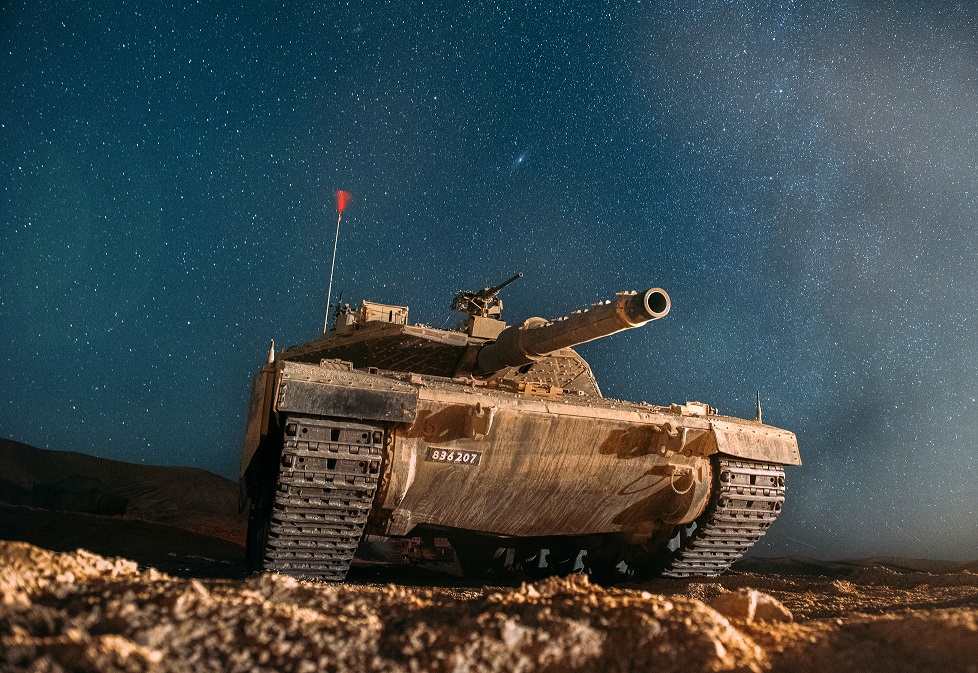
The electronic revolution underway in war has begun to signal changes in land warfare, although not to the same degree that it has changed naval and aerial warfare. The IDF must make far-reaching adjustments regarding weapon systems and battle formation structures in order to meet the challenges of the new era
This article contends that the full significance of the electronic revolution underway has yet to be fully realized in land warfare. This revolution has already generated far-reaching changes in air and sea warfare, and it is now exerting similar influence on land warfare. Heavy armor and kinetic weapons are becoming less important, replaced by electronic systems and counter-systems – both offensive and defensive – for detection, attack, and disruption. In this light, the war in Ukraine gives us little more than a partial glimpse of the future. Although electronically guided munitions are deployed there with much effectiveness, electronic interception and disruption systems are still lacking. The Israeli Trophy (Windbreaker) and Iron Fist active protection systems are prime examples of such systems. Hence there is a need for a revolution in the design of the tank and other fighting vehicles, as well as far-reaching adaptations to the structure of military formations – in Israel and elsewhere.
Particularly since the outbreak of war in Ukraine, we have heard much about the new technologies that have revolutionized warfare: drones of all types and sizes – armed, loitering, and self-destructing; AI and big data; cyber; automation and robotics. All this is familiar enough. And still, it is unclear whether the full meaning of the revolution in the shaping of the armed forces and weapon systems in land warfare is evident. The term “Revolution in Military Affairs,” coined already by 1980, says nothing about the causes and nature of this revolution. This article proposes a broad historical-conceptual context to frame the new developments, and outlines their likely practical implications.
Humanity is experiencing the third industrial-technological revolution – after the steam and iron revolution of the 19th century and the revolution generated mainly by the internal combustion engine during the first half of the 20th century, both of which also deeply affected warfare. Some call the changes we are living through today a fourth industrial revolution, but all the changes mentioned above are products of the same fundamental technology that has advanced since the middle of the 20th century: the exponential growth in electronic computational power.
Note how this technological revolution has transformed naval and air warfare. At sea, the heavily armored, big-gun capital ships have vacated the scene, and warfare is waged offensively by electronic guided missiles and defensively by electronic disruption and interception systems. Similarly, air warfare, once based on the kinetic capabilities of planes and their armament, now relies primarily on electronically guided weapons and electronic defensive systems. Both at sea and in the air, victory now depends on who is one step ahead of its rivals in these crucial techno-tactical spheres.
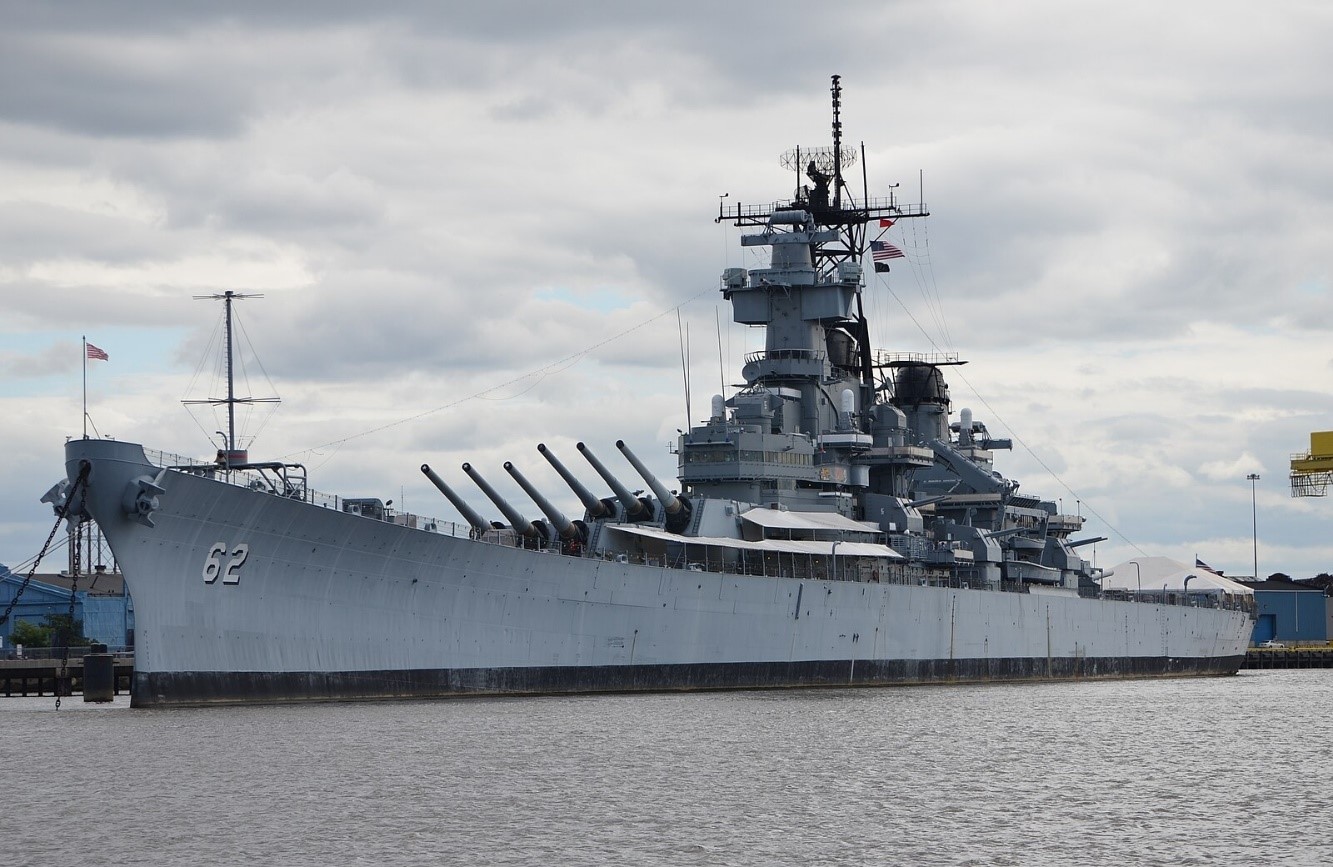
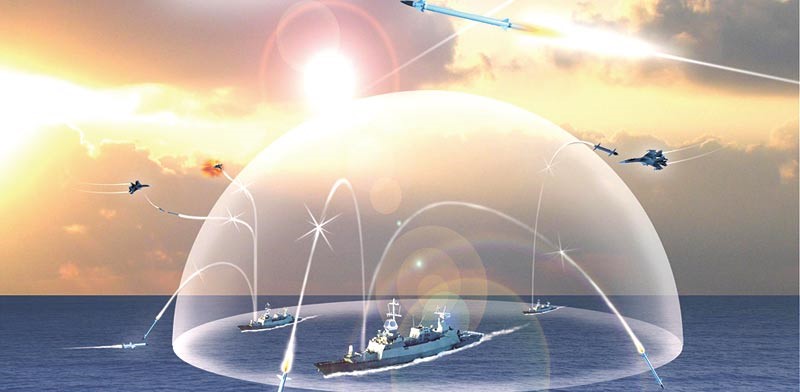
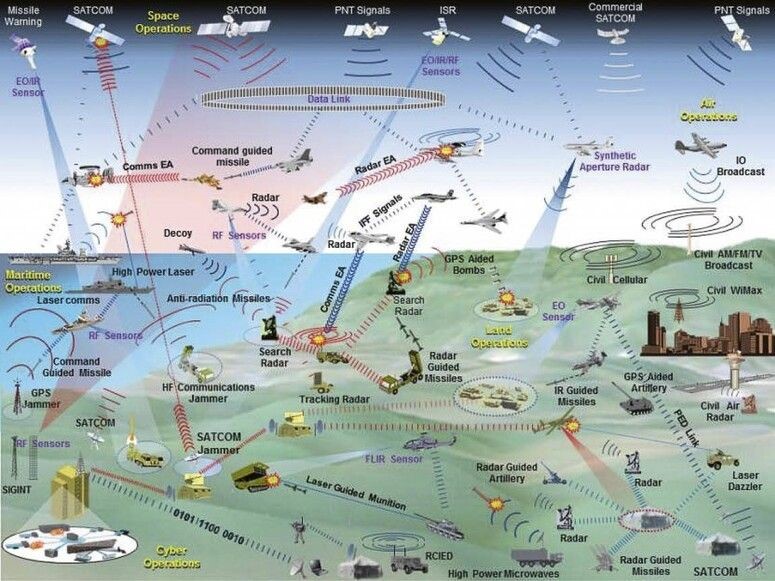
The medium in which land warfare takes place is immeasurably more complex than those of sea and air warfare, because of both the numbers of combatants involved and land’s complex topographical features. But at least since the early 1980s the direction has been clear to those who grasped the broader context. The revolution that land warfare is undergoing is no less profound and far reaching than that generated by the mechanization revolution and the introduction of the tank and other AFVs. It was J. F. C. Fuller, the leading pioneering theorist of mechanized warfare, who firmly placed the mechanization revolution in war within the context of the second industrial revolution and thereby helped people understand its full significance and scope. Incredibly, as early as 1928, he looked further ahead, predicting that the third revolutionary wave of the future – which would shape war, as well as all other fields of life – would be “electric and robotic” (the word electronic did not yet exist).
Let us focus on the tank, a product of the second mechanization revolution and the backbone of land warfare for about a hundred years. Ever since World War II, tanks have been optimized, primarily to fight other tanks, and second, to withstand hollow charges. Their main armament is a high velocity gun firing kinetic projectiles. Half of their 60-70-ton weight in most armies consists of heavy armor, which in turn requires a 1500 horsepower engine.
However, tanks will no longer come within kinetic firing range of each other, and will be discovered and attacked at much longer ranges. This is no different than with the mighty battleships of WWII’s Pacific theater, which never came within firing range of each other. New gun munitions adapted to the new forms of warfare, as well as the adjustment of the tank’s gun to launch guided missiles, are merely intermediate solutions that bypass the question of what the current utility of the heavy kinetic gun itself is.
The tank’s heavy armor has similarly reached the limits of its ability to withstand precision, tandem hollow-charge, fire-and-forget munitions, which target the tank’s top. The wholesale destruction of the hapless Armenian army in the 2020 war against Azerbaijan, like the stranded and harassed Russian convoy en route to Kiev and the image of the Russian armored battalion massacred during its attempted river crossing in the Donbas, with the shattered bridge in the middle, starkly demonstrates the current reality. The same can be said of the rash retreat from the Saluki wadi by the Israeli army’s 401st Brigade Merkava Mark 4 tanks during the Second Lebanon War (2006) when faced with second-generation Russian Kornet anti-tank missiles fired by Hezbollah. Since then, there are now third-generation, fire-and-forget anti-tank missiles, but there are also advanced new defensive capabilities available for tanks.
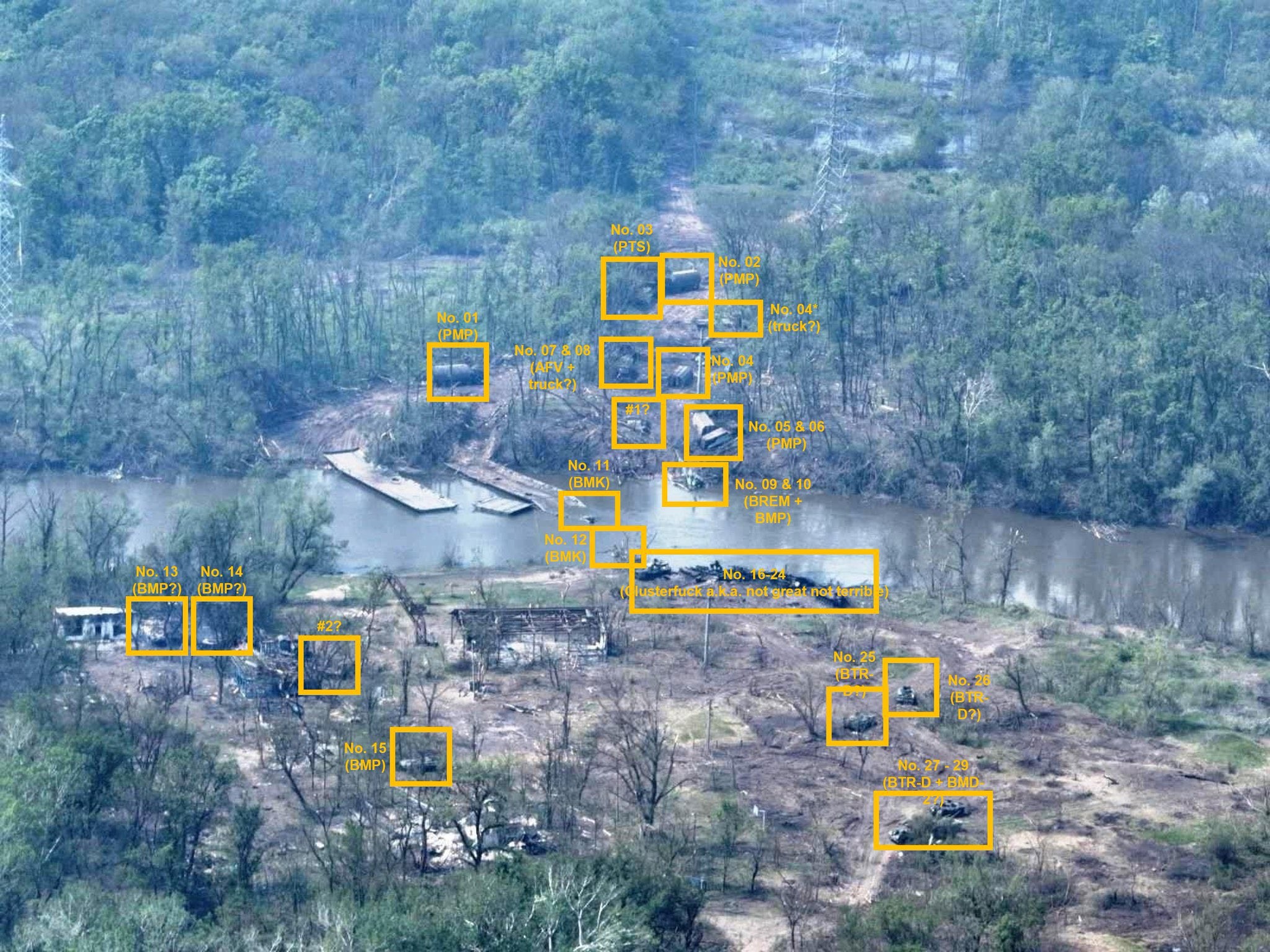
This does not mean that the tank and other fighting vehicles are history. But the answer is not to be found in further reinforcing the heavy armor or in improved tactical practices, clumsy as Russian tactics proved to be. Rather, the answer lies in a full-scale adjustment of land fighting vehicles to the ongoing electronic revolution – above all, in adopting active defense systems, such as the Israeli Trophy and Iron Fist, now purchased and installed by the US, German, and British armies. Active defense means electronic detection, disruption, and interception of incoming projectiles, launched from land or from the air – the same revolution that sea and air warfare have already undergone. Electronic systems designed to disrupt and down unmanned aerial vehicles and drones – those that launch munitions and kamikaze drones, either individually or in a swarm – are also in advanced stages of development. That is the future.
As such systems will become standard everywhere – and this is only a matter of time (the development of a Russian system, Arena-M, has already been announced) – they will transform land warfare. The current reality, in which being detection on the modern battlefield means almost assured destruction, will no longer hold. A two-sided game reopens. Thus, battlefield survival and success will depend on the question of which side possesses the last word in terms of offensive and defensive electronic systems and counter-systems for detection, attack, and disruption. As in air and sea warfare during the electronic age, it can also be expected that when one side holds a decisive advantage in these systems, we shall see crushing, almost one-sided victories in regular conventional land warfare.
This suggests that the war in Ukraine provides a lopsided and only partial view into the future. While we still lack clear information, the slowly developing Ukrainian counteroffensive may be experiencing difficulties similar to those experienced previously by the mechanized Russian forces, as the modern tanks and infantry fighting vehicles supplied to Ukraine by the West lack active defense systems. Despite their heavy armor and great sophistication, they may be as vulnerable to modern electronically guided munitions as the Russian models have been. While electronically guided projectiles are already widely and effectively used in the Ukraine War, electronic interception and disruption system are largely absent. The trench warfare stalemate that has attracted so much attention – as if we were back one hundred years to World War I – may be a function of this imbalance, as armored fighting vehicles are paralyzed by the lack of effective active defense.
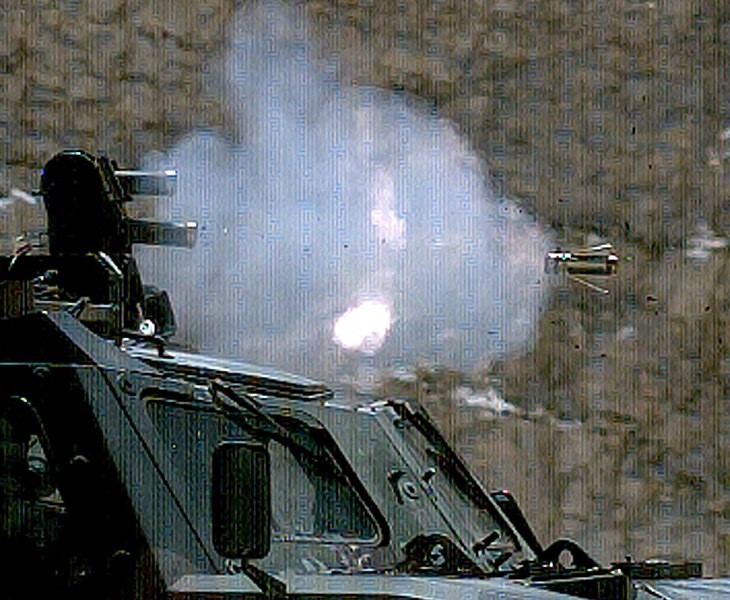
The implications for the design of fighting vehicles are likely to be even more far-reaching. Active defense systems are currently installed on heavily armored fighting vehicles as something extra, whereas they are in fact destined to replace the heavy armor, whose effectiveness has in any case plummeted. Current fighting vehicles installed with active defense systems are thus intermediate breeds that combine two eras – the old and the new. This is true for the latest models of the American Abrams, German Leopard, British Challenger, and Israeli Merkava alike. The heavy armor is no more necessary for land fighting vehicles than the 350-400mm steel armor of the past is necessary for warships today. In fact, it is a disadvantage.
Indeed, relying on electronic detection and interception systems enables a drastic reduction in the armor of fighting vehicles for what is necessary against small arms, shrapnel, and blasts. Thus there is an expected reduction in their weight to about 10 to 25 tons; a parallel reduction in engine size and weight; and design re-orientation to electronically guided defensive and offensive systems. This, I believe, is the direction in which land warfare and land weapon systems is heading in the electronic-computerized age.
It is encouraging to note that the IDF is a pioneer in this field, as one can glean from open-source information regarding the futuristic Carmel tank. It seems there is no place in the Israeli military for the Merkava Mark 5. The Carmel, with its light armor, is not armed with a single big cannon designed to take out tanks; rather, it has missiles and a light-caliber automatic gun. It is enveloped entirely by electronically guided systems – offensive and defensive – and it is the future of tanks and armored fighting vehicles.
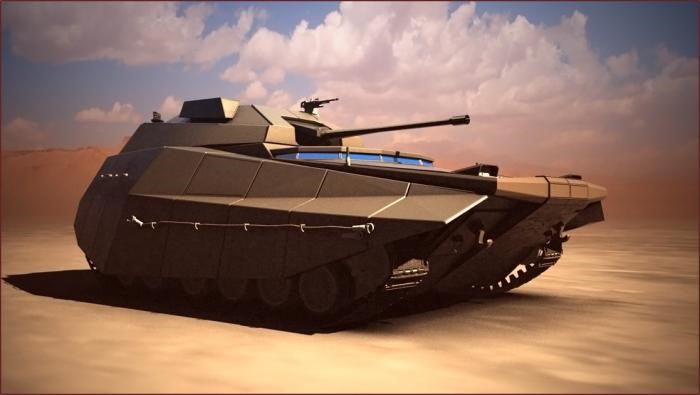
The significance of this revolution in terms of the structure of units and battle formations is no less far-reaching. Here, too, open sources indicate that the IDF has already made extensive changes: the number of tanks has been drastically reduced, innovative electronics have been introduced, efforts are underway to increase cooperation between the various arms and “dimensions”, and the army has formed, on an experimental and semi-experimental basis, integrated combat units for “multidimensional” combat, in order to examine groundbreaking troop structure, weapon systems, and military doctrines.
This is indeed the direction – without delving into complex techno-tactical questions. It does bear mentioning, however, that there is no room in the modern army for the old-fashioned tank brigades. All the changes and adaptations to their structure and equipment, and the plan to operate them as part of multidimensional combat units, are necessary steps – but they are not enough. Combat teams are designed to adapt basic formation structure to suit specific forms of warfare. But the basic structure itself is supposed to provide an answer to the kind of fighting one would typically expect. In the past, it was patently clear how armored formation were used as the main element of maneuver warfare. But there is no scenario today in which tanks would be used in this way. The glorious legacy of these formations will have to be adapted to the new era. Both the armored fighting vehicles and the structure of units and formations will have to undergo a major redesign, in which all the other elements of the electronic revolution will play central roles: connectivity, automation, and cyber – defensive and offensive alike.
No comments:
Post a Comment